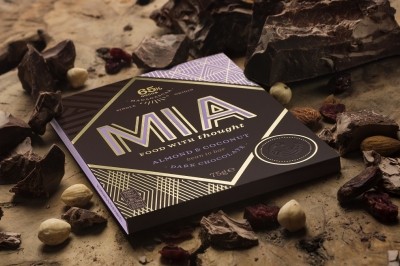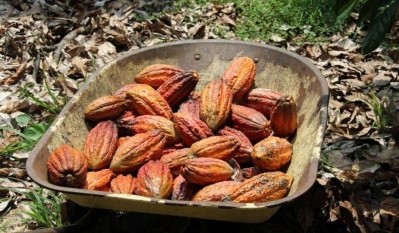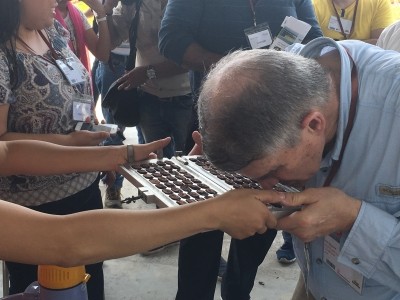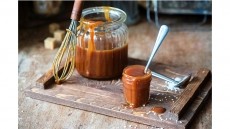Origins
Undiscovered flavors? Ecuador unveils plans to bolster fine flavor cocoa sector
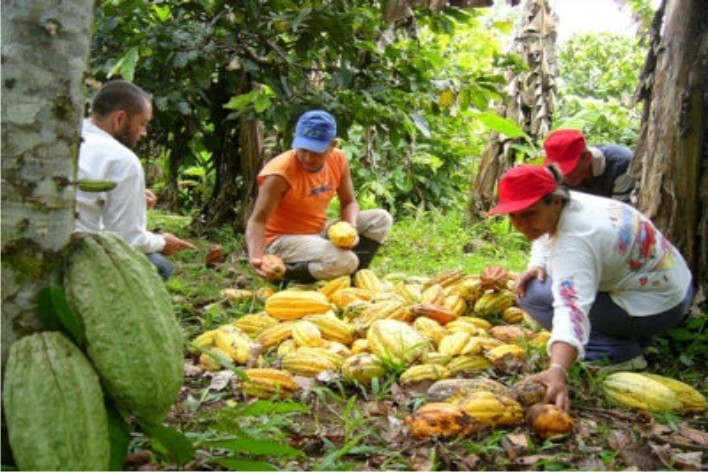
Ecuador already accounts for two thirds of global fine flavor cocoa sales and has previously been heralded as the personal favorite cocoa origin of R&D chiefs from ADM Cocoa and Cargill.
The country hopes to grow the nation’s cocoa output by creating three large clusters of farmers to industrialize the sector in a move that it says would increase its cocoa exports by at least $2m.
What is fine flavor cocoa?
'Fine flavor' (Fino de Aroma) cocoa is a unique category of beans with a floral or fruity flavor that accounts for around 5% of the world’s supply. Only select producing countries including Ecuador, Papua New Guinea, Madagascar and Venezuela are permitted to make such claims, as regulated by the International Cocoa Organization (ICCO). An ICCO panel plans to review and revise countries’ fine flavor status in London on 18 September this year.
Miss Ecuador: ‘Best chocolate in the world’
One of the clusters will specialize in producing fine flavor cacao variety Miss Ecuador.
“Miss Ecuador has the best chocolate in the world,” Jorge Chavez, adviser at Ministry of Industries and Productivity of Ecuador, told ConfectioneryNews. “The mix of fruit and flowers tastes and flavors you have is really unique.”
The Ecuadorian government is helping the Añangu community (MAMA CUNAS) to establish a 2,000 hectare co-plantation in Añangu, inside the Yasuni National Park. The ‘cluster’ plantation will mean the chocolate industry has one point of contact for the farmers working in the area.
One producer in Añangu, Doris Galdamez, told this site that the co-plantation would produce two other edible varieties in conjunction with Miss Ecuador, which would all be grown organically.
She said the government had deemed the land fit for cocoa cultivation after an environmental impact assessment.
Aims to triple output
Home of cocoa?
In 2013, French and Ecuadorian archaeologists said the Ecuadorian Amazon was the ancestral home of cocoa rather than Central America as previously thought. They said cocoa had been consumed in Palanda, Ecuador around 5,330 years ago.
Ecuador was the world’s premier cocoa producer up until the 19th century before European colonialists began to introduce the cacao tree to West Africa. Ecuador hopes to rediscover its dominance after recently overtaking Brazil as Latin America’s premier cocoa grower.
The South American nation exported around 190,000 metric tons (MT) of cocoa in 2011 and expects to close this year with 300,000 MT. It is aiming for 0.5m MT by 2019 and 1m MT by 2025. Around 80% of the country’s output is considered fine flavor.
The Ecuadorian Ministry of Industries and Productivity has been working on a project to support the country's cocoa sector since 2011 in collaboration with the vice-presidency and the Ministry of Agriculture.
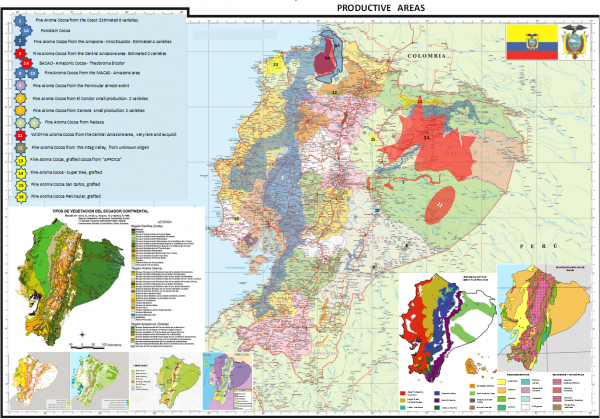
Bacao: Novel cocoa variety
Ecuador also hopes to support two plantations of 1,000-1,500 hectares each that will produce another fine flavor variety known as bacao, discovered in large quantities only five or six years ago.
“It’s a really huge cocoa bean. The fruit is 30 cm long with a huge diameter maybe 25 cm or more – it’s a delicious cocoa,” said Chávez.
He said one cluster was made up of around 2,000 farmers and around 1,300 in the other.
“They will get much more money for their cocoa beans and much more profit,” said the government representative.
Growing existing fine flavor output with GAP
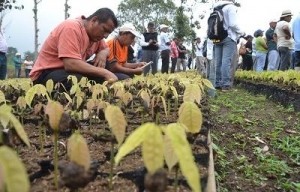
Ecuador has at least 12 fine flavor cocoa varieties. Eight of these have been commercially available for around a century and the country discovered another six around 15 years ago.
A further six varieties were discovered in the past few years and there are early suggestions new varieties have been found growing wild in the Amazon area.
The country has several cocoa plantations that are between 10-200 hectares growing fine flavor cocoa, but many are centuries old and farmers do not realize the value of their crop.
Back from the dead
The Ecuadorian government believes it may have discovered cocoa species in Yasuni that were previously considered extinct. “It’s in the middle of the jungle in the Amazon area,” said government adviser Jorge Chávez. “It’s a place where almost nobody goes – so everything you get there is really wild. I think we’ve got three different kinds of cocoa trees, ones that we thought were extinguished.”
“It’s not that the quality is not good, it’s that people don’t know them. Lots don’t know what they have in their hands,” said Chavez, adding many farmers sold fine flavor beans for the price of conventional cocoa. “We are changing the mentally of the people here,” he said.
Supporting livelihoods
The government (Ministry of Agriculture and the Ministry of Industries) together with the associations of cocoa producers has been teaching farmers to appreciate the value of their produce and has also conducted good agricultural practices (GAP) training such as disease control and pruning that it hopes will raise average yields from 300 kilos per hectare to near 1,000 kg by the end of next year.
“The people get a better life – almost half million farmers in Ecuador depend directly on the cocoa beans,” said Chavez.
“We also found entire plantations between one and at least two centuries old. We are sure we will find more. The genetic value of these crops will mean a lot for the entire planet, besides that, the flavor and aroma of these cocoa beans are unique,” he continued.
Latin American competition
Ecuadorian chocolate industry
Ecuadorian chocolate market leader Nestlé last year opened a $16m chocolate molding and packaging line in Guayaquil that will use fine flavor Arriba cocoa beans from the country. Euromonitor International predicts chocolate confectionery sales in Ecuador will reach $107.2m in 2018, up from $86.5m in 2013. Nestlé holds a 24.1% share, followed by Argentinean firm Arcor on 14.9% and local firm Universal Sweet Industries on 13.7%
Many neighboring Latin American countries have also been building up their domestic cocoa sectors as demand for the commodity rises with increased chocolate consumption in emerging markets and an appetite for premium chocolate in developed markets.
Peru, for example, has set out ambitious plans to overtake Ecuador as the leader in fine flavor cocoa.
The Peru Cocoa Alliance (PCO) recently said Peru aimed to export over 214,000 MT of cocoa in 2020, up from around 64,000 MT in 2014.
But Ecuadorian government adviser Jorge Chavez remained confident his country would easily maintain leadership in fine flavor cocoa.
“Competition is increasing – but the rest of the countries around Ecuador have around 1 MT per hectare while we have had 300 kilos. With 300 kilos we keep two thirds of the market,” he said.


